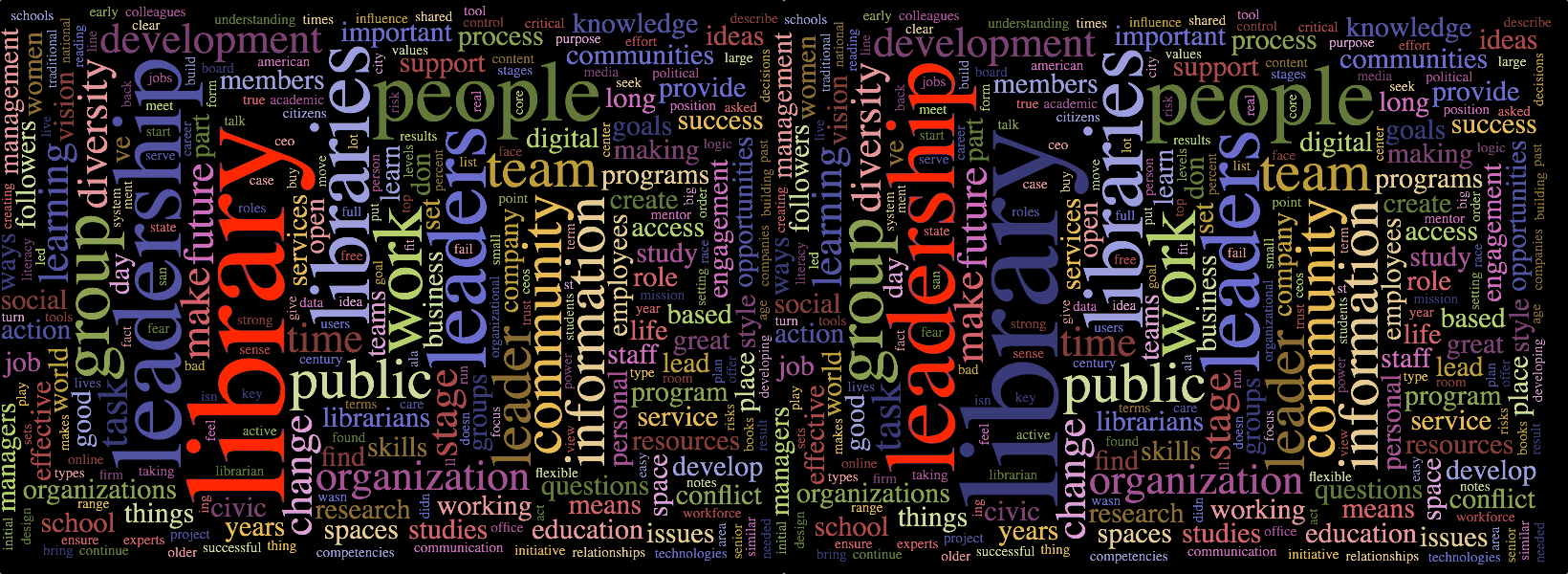Virtual Reality designers have their heads in the clouds. That’s fine for designers of MMOG (massively multiplayer online games), but what about those who are designing “practical” virtual worlds, virtual worlds intended to meet business or professional needs? Caught up in the coolness of doing new things with technology, virtual reality developers haven’t yet stopped to think about when and how virtual reality can actually be useful.
All too often, virtual worlds generally available today are used to present information and to do things that could be done more easily and more cheaply in other ways.
Features like avatars that fly are fun, but essentially meaningless. In fact, when it comes to non-entertainment uses of virtual worlds, almost everything built to accommodate or enhance avatars, from lecture halls and amphitheaters to lifelike animation of human movement and fancy clothes, is a waste of coding time, processing power, and bandwidth.
Displaying two dimensional, billboard-style displays of text or graphics (including videos) inside a virtual world is like putting twistable knobs on a smartphone to control volume and brightness. If little knobs are ok, why use a smartphone, and if you’ve got a smartphone, why use little knobs?
When determining when and how to use a virtual world in a professional environment, ask a few simple questions:
1. Is doing something in virtual reality a substantively better experience than simply doing it “in your head” or by some other less flashy means? Do you learn more? Do you work faster? Can you communicate better? If so, why and how?
2. Does the improved experience provided by virtual reality justify the cost of creating a virtual world and operating in it? (Note that sometimes, virtual worlds are cheaper than working in the real world, especially if participants are widely dispersed geographically, but they need to come together to work on something.)
3. Does virtual reality make possible something that was not previously possible?
4. What is lost by working in a virtual world rather than an off-the-shelf computer application or even a pencil and paper? (This is sometimes a much harder question to answer than it seems, at least until after the virtual world has been implemented.)
If you don’t have clearly affirmative answers to the above questions, the odds are very good that the virtual reality effort will be an interesting but ultimately unproductive effort with low or negative return on investment. Proponents of virtual worlds need to keep in mind that businesses ultimately make cost-benefit based decisions, so as cool as virtual worlds may be, if you can’t produce convincing, positive answers to the questions above, you’re not going to get a serious hearing from business people.
Here are some guidelines showing who in the real world (other than gamers) is likely to benefit from virtual reality:
1. Teams that are geographically dispersed in the real world that need to examine a 3D object in real time together. (eg: An architect, a contractor, and a group of business executives discussing the layout of a new factory or office building.)
2. Teams or individuals that need to study possible changes to the real world. (eg: A consumer wanting to try on new clothes or a different hair style.)
3. Individuals or teams that need a safe space to experiment with an object that is dangerous or inaccessible in the real world. (eg: Engineers trying to understand how to deal with a damaged nuclear power reactor or oil rig.)
4. Individuals or teams who need a safe space to practice dealing with a scenario that is dangerous in the real world. (eg: Soldiers practicing cultural interaction with local non-combatants in occupied territory.)
5. Individuals or teams who need to examine an object that has not yet been created. (eg: Engineers testing parts for a new jet engine.)
6. Individuals or teams who need to examine an object that is too small or too large to be directly studied in its natural state. (eg: Pharmaceutical researchers or students examining a molecular reaction or astrophysicists analyzing models for galaxies or galaxy clusters.)
7. Individuals or teams who need to examine a 3D process that has a real-world time scale that is too long or too short to be adequately studied in its natural state. (eg: Astrophysicists studying the creation of planetary systems or particle physicists studying the decay of one particle into another.)
Notice that few of the examples above require an avatar or a complete recreation of reality. Those features would be nice-to-have, but they are not necessary to a productive, cost-effective use of virtual reality.
